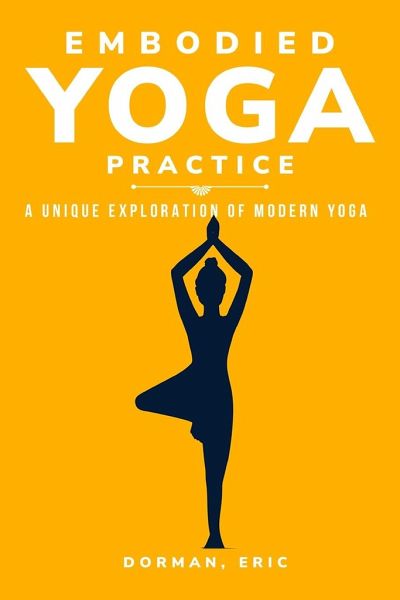Nicht lieferbar

Varieties of Embodied Yoga Practice
A Unique Exploration of Modern Yoga
Versandkostenfrei!
Nicht lieferbar
In recent decades, yoga practice has become ubiquitous in the United States and around the world, often in the context of health and wellness. The increased presence of yoga practice in health and wellness contexts raises opportunities for discussion about the nature of yoga practice itself. On the one hand yoga is a religious practice with historical and ideological links to South Asian religious traditions, and on another hand it is a secular health practice apparently devoid of any overtly religious or spiritual elements. In the common binary debates within contemporary American culture, it...
In recent decades, yoga practice has become ubiquitous in the United States and around the world, often in the context of health and wellness. The increased presence of yoga practice in health and wellness contexts raises opportunities for discussion about the nature of yoga practice itself. On the one hand yoga is a religious practice with historical and ideological links to South Asian religious traditions, and on another hand it is a secular health practice apparently devoid of any overtly religious or spiritual elements. In the common binary debates within contemporary American culture, it is difficult to see yoga practice as both. However, yoga scholars have noted that the ability to transcend boundaries and take on new shapes is one of the hallmarks of yoga practice historically. David Gordon White writes, "Every group in every age has created its own version and vision of yoga."1 Andrea Jain writes, "the most important lesson from the history of yoga and the divergent meanings attached to it is yoga's malleability...in the hands of human beings."2 Like yoga generally, modern yoga practice in the United States is difficult to define and/or characterize because so much depends on both its context, physically and conceptually, and its perception by an observer







